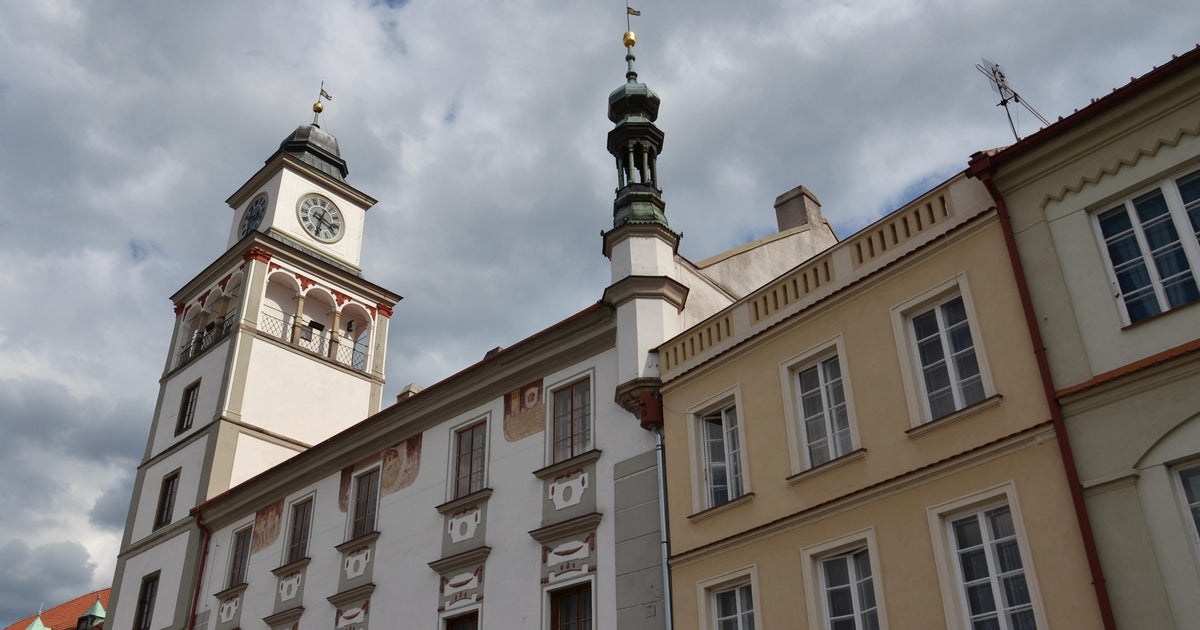Good luck finding a less-than-luxury home
Budget-conscious house-hunters are facing a dilemma beyond higher mortgage rates. Inventory has shifted in favor of luxury homes, which makes it harder to find housing in the starter and mid-tier price brackets.
“Premium” homes accounted for more than half of the property market last year, according to real estate site Trulia. The company defines premium homes as those in the top one-third of the most expensive in their metropolitan areas. In early 2012, about 44 percent of for-sale homes ranked as premium, by comparison.
The shift toward luxury homes for sale is coming at the expense of both starter homes (the bottom one-third) and trade-up homes (those in the middle third). Since the end of the recession, builders have tended to focus on higher-priced homes, while the housing recovery has pushed up prices across all segments. That has made it less affordable for low- and middle-income families to buy their first home or trade-up into a bigger property.
“The luxury market looks the healthiest of all three segments right now,” said David Weidner, managing editor of Trulia. “The other two are starved, and the luxury market is well fed.”
Affordability, once a concern of low-income Americans, is also increasingly problematic for the middle class. Households are spending almost 39 percent of their income to afford starter homes, while those buying trade-up homes are spending about 26 percent, Trulia said. Financial experts advise homeowners to spend no more than one-third of their income on housing.
Those trends raise questions about whether pricing for starter and trade-up homes may begin to weaken, given that current prices are straining some household budgets, Weidner said.
“If you spend more than 30 percent of your income on housing, you’re considered in unaffordable territory,” he said. “There will come a point where homes aren’t affordable, so something has to give.”
As for the luxury market, housing availability and prices are witnessing robust increases. The median estimated value for luxury homes rose 5.6 percent in the country’s top 100 metropolitan areas last year, Trulia said. Only two -- Houston and San Francisco -- saw declines. In those cities, median prices slipped 1.5 percent and 0.5 percent, respectively.
Despite higher prices for luxury properties, buyers aren’t anywhere near the rule-of-thumb to spend no more than 30 percent of income on housing. Luxury buyers are typically spending just 14 percent of their income on housing.
Those dynamics may help explain why builders have focused on the higher end of the market since the recession. The fortunes of America’s upper-middle class have thrived in the post-recession years, while middle- and low-income workers have struggled with stagnating incomes.
During the past five years, the share of homes valued at more than $1 million has more than doubled, reaching 4 percent, Trulia said. From 2012 through 2016, the median list price of premium homes has surged 40 percent to more than $591,000, its data found.
“People with high incomes are bidding up luxury homes in urban areas,” Weidner said. “Across the board, it’s simply a pretty healthy luxury market.”





